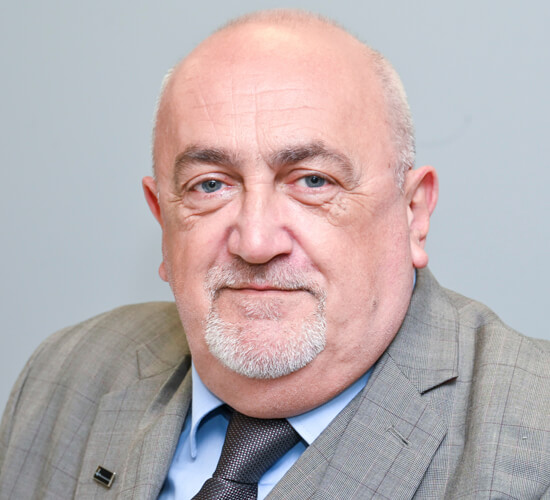

Former police traffic officer John Scruby on education, underfunding and solutions.
Join other savvy professionals just like you at CIHT. We are committed to fulfilling your professional development needs throughout your career
By Johnny Sharp
The annual round of statistics concerning drink-drive-related road collisions published by the DfT in the summer made for sobering reading. It estimated that around 300 people were killed in Britain in 2022 in collisions where at least one driver was over the legal drink-drive limit. This constitutes approximately 18 percent of all deaths in reported road collisions that year.
“It’s a problem that’s not just affecting drivers, it’s also a continuing burden on emergency services and the NHS,” says John Scruby of the Campaign Against Drink Driving (CADD). They are affiliated to the SCARD (Support and Care After Road Death and Injury) and are only too aware not only of the deaths that result from drink driving but also the other lives that can be ruined as a result of it.
Scruby points out that there are still widespread misconceptions surrounding the drink drive laws. “I spent seven years talking to young drivers,” he says, “And I’d ask them what the drink drive limit is. The majority would come back and say, ‘It’s two pints’ or ‘It’s two units’. Completely wrong.”
The law is in fact not related to the amount of alcohol a driver has consumed, but how much is measured in their body when tested. For instance, the limits in England, Wales and Northern Ireland for drivers tested via a breathalyser is 35 micrograms of alcohol in 100 millilitres of breath.

John Scruby, Campaign Against Drink Driving trustee; credit: John Scruby
“How do you know when you reach that limit? You don't,” states Scruby. “All sorts of things affect it – height, weight, metabolism, even having a cold. So, the myth of ‘two pints’ needs to be dispelled.”
Although the Scottish government moved to reduce the limits 10 years ago (22 micrograms, with urine and blood test limits lessened accordingly), England, Wales and Northern Ireland have not followed suit.
“We have the highest tolerance to drink driving in the whole of Europe,” says Scruby. “And it has never altered – successive governments have put it on the backburner. We need to reduce the limit.”
Traffic policing as a deterrent is another approach that Scruby believes could tackle the problem, but traffic police numbers have been reduced.
“We’ve lost a heck of a lot of dedicated traffic police officers,” he says, and points out how they make a difference. “You get one traffic car on a 20-mile stretch of motorway and you’ve got that deterrent there. We also used to have roadside checks, particularly at periods like Christmas time, and we’d always breathalyse people outside the car, so as they were stood there, 20 other cars flew past, they’d see what was happening and it would stick in their brain: ‘That could have been me’.
“So, we need to push the funding back into police departments to bring back traffic departments and train them properly.”
Finally, there’s the question of the message being sent out to the public. “We should also be talking about a safe limit, not a legal limit,” explains Scruby. While some might assume that a complete ban on driving with alcohol detected in the body would be an option, Scruby explains that it’s not that simple.
“You’ll never get a zero limit; there has to be a tolerance because some people have medical conditions where they produce the enzymes of alcohol within them.”
But however the limit is set, the understanding of that limit, investment in traffic police and education about the dangers of drinking and driving are all key to limiting the serious harm it continues to cause.
For more information on CADD visit. To find out more about SCARD visit.
Newsletter image: a police officer holds a roadside breathalyser test.
Join other savvy professionals just like you at CIHT. We are committed to fulfilling your professional development needs throughout your career
{{item.AuthorName}} {{item.AuthorName}} says on {{item.DateFormattedString}}: